Snapchat vs. Pinterest: Choose the Best Advertising Platform for Your Brand
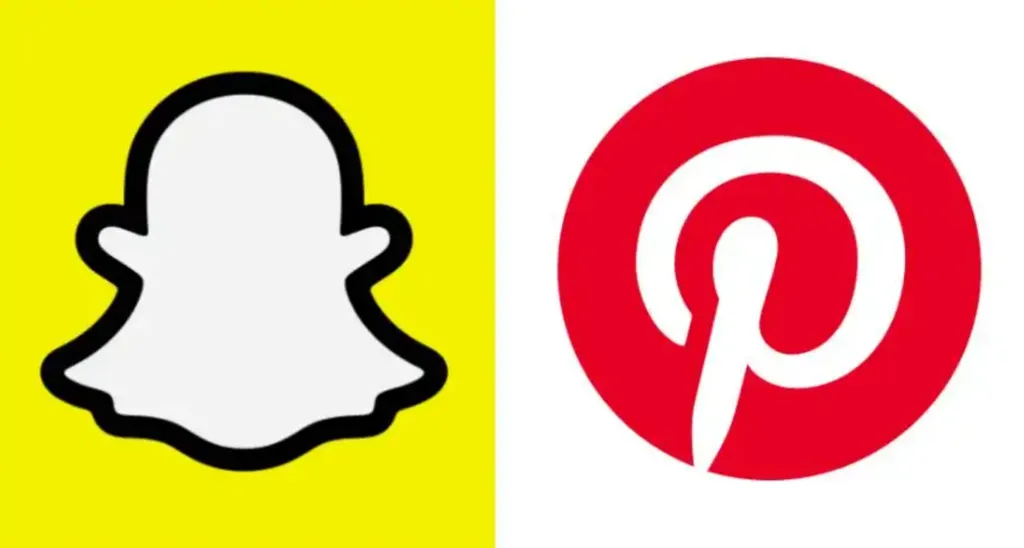
In today's digital marketing world, social media advertising has become a key tool for brand promotion. With many social media platforms available, marketers might wonder which platform best suits their audience. While established platforms like Facebook, YouTube, and TikTok are very popular, newer platforms like Snapchat and Pinterest have unique user bases and advertising features. This article will provide a detailed introduction and comparison of these two platforms, teaching you how to utilize them for marketing, and helping you choose the best advertising platform for your brand.
Part 1: Platform Introduction
Snapchat
Snapchat Launched in 2011, Snapchat is an instant messaging and multimedia sharing platform with over 280 million active users worldwide. Known for its unique short video and photo-sharing features, Snapchat is particularly popular among younger audiences, reaching 75% of 13-34 year-olds in over 25 countries. With a spending power of $5 trillion, this audience represents a significant opportunity for businesses of any size. If you aim to attract Millennials and Gen Z, Snapchat might be your ideal choice.
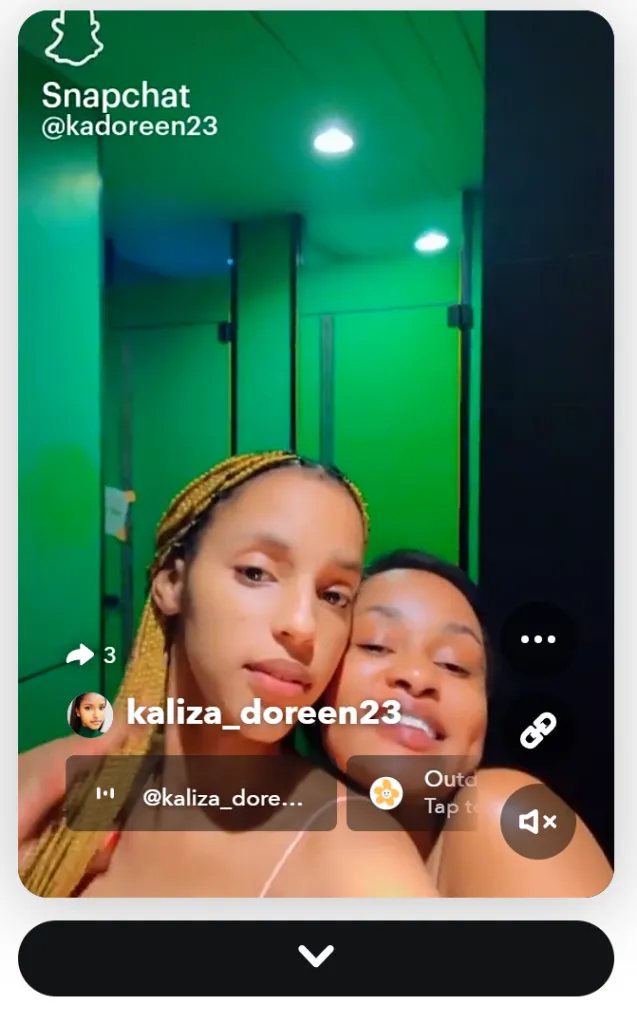
Main Features:
- Ephemeral Content: Snapchat content is time-sensitive and automatically disappears after being viewed, allowing you to test images and videos with the Snapchat audience without cluttering any feeds or pages. This enhances interactivity and privacy.
- Filters and Lenses: Snapchat offers various filters and augmented reality (AR) lenses, making users' content more fun and interactive.
- Stories: Snapchat was one of the first platforms to introduce the stories feature, allowing users to share 24-hour lasting stories with friends and followers.
- Vertical Video Content: Vertical ads align with the popular vertical video format, making viewers more likely to watch the entire ad. If you've been considering using vertical video but are unsure if it's right for your audience, testing it on Snapchat is a great opportunity.
Pinterest Launched in 2010, Pinterest is a visual discovery and collection platform where users can find inspiration and collect their favorite content. Although Pinterest may not seem like an advertising giant, it is one of the most flexible, affordable, and influential marketing tools available to businesses. Official data shows that 89% of U.S. users use Pinterest for purchasing inspiration.
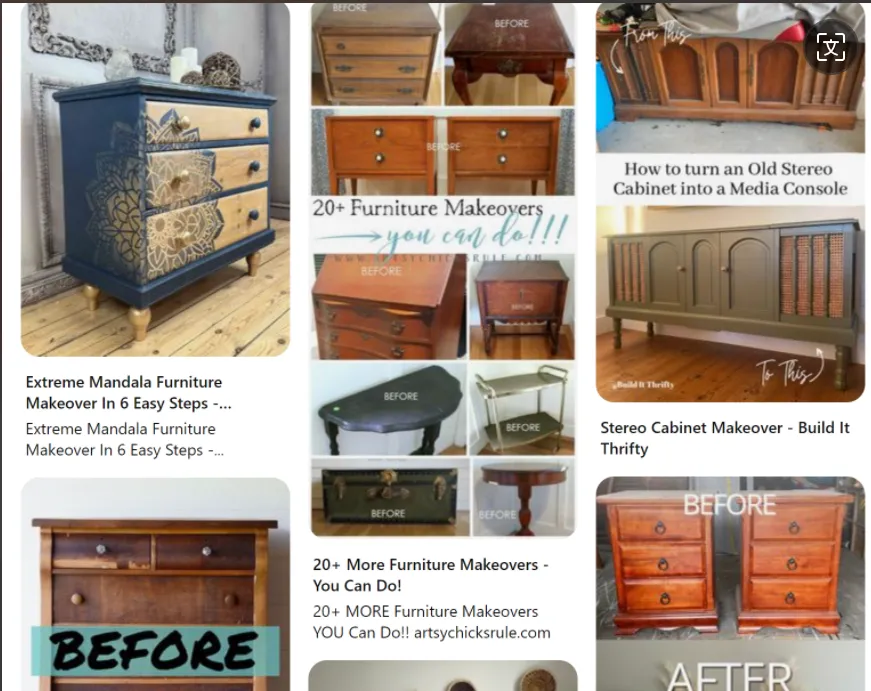
Main Features:
- Visual Search: Users can find similar images and content through visual search, discovering new ideas. By telling rich visual stories and having a clear aesthetic, you can capture users' specific vision and appear on their boards. This visual focus can help showcase products, especially for small businesses or artisans.
- Thematic Boards: Users can create different thematic boards to organize and categorize their collected content. This also helps with market research, effectively checking what competitors are producing and what their audience likes.
- Unique Audience: Pinterest's user base is primarily female, making up over 60% of its users. Unlike most other social media platforms, Pinterest users usually come specifically to shop.
- Easy to Drive Traffic: You can use Pinterest's excellent visual appeal to promote. The visual focus means an attractive photo can draw people to visit your website and help increase your website traffic. Pinterest allows you to add URLs to any newly created pins.
Part 2: Comparison of Ads Formats
Snapchat
- Single Image or Video Ads: Full-screen mobile ads in the form of videos, photos, GIFs, or films interspersed within the Snapchat community. These ads can capture users' attention or direct them to participate in events and more.
- Collection Ads: A product catalog display similar to window shopping, attracting users to click for more details and make purchases through brand showcases.
- Story Ads: Snapchat's main screen has a "Discover" icon, where users can see brand content, including multiple images or videos, upon clicking. Brands can also create swipe-up options in story ads to enter websites or webpages.
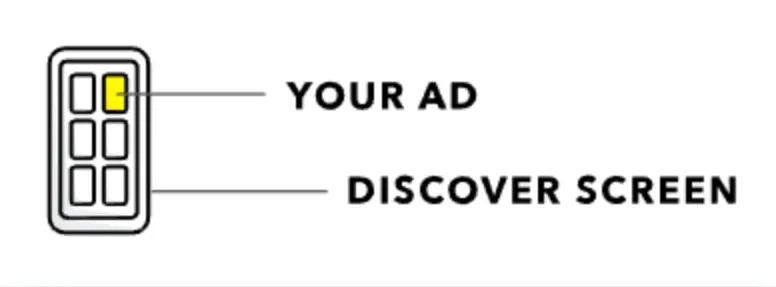
- Commercial Ads: Video-form commercial ads lasting from 6 seconds to 3 minutes, usually appearing in Snapchat's curated content and cannot be skipped by users.
- Filters Ads: Brands can customize stickers/filters aligned with their style and positioning, allowing users to enhance their photos with branded elements.

- AR Lenses: Brands can create custom augmented reality lenses for users to use when taking photos or videos. These lenses can act as virtual try-ons, guiding users to purchase products through related buttons in the filter.
- Static Pin Ads: Static pin ads look like regular pins but have a small "Promoted" tag for distinction. Users can save promoted pins to their boards, share them, and comment on them. Once shared or saved, the "Promoted" tag disappears, meaning natural exposure is free after the first pin.
- Video Pin Ads: Video pin ads are a great way to share more engaging stories and are excellent for retaining audience attention. Pinterest offers video pin ads in two sizes: maximum width and standard width.
- Carousel Pin Ads: Carousel ads are similar to standard pins but have individual titles, descriptions, and links for each card. You can link up to five different web pages from a single pin, creating more conversion opportunities.
- Shopping Pin Ads: Shopping pins appear in the same placements as promoted pins. The only difference is that clicking the image expands product details, including title, price, and related recommendations. Brands can display product information and purchase links directly in the pin, facilitating user shopping.
- App Install Pin Ads: Promoted app pins are mobile-only ads allowing users to download your app directly from Pinterest. These ads are suitable for iOS and Android devices, including an "Install" call-to-action button for a seamless transition from Pinterest to your app.
Part 3: User Demographics and Targeting
Snapchat: Snapchat offers targeting options including age, gender, interests, behaviors, and location, making it ideal for brands targeting younger audiences.
- Gender Distribution: Snapchat slightly leans towards females, with 54% of users being female and 41.9% male.
- Age Distribution: Snapchat is popular among younger audiences. 69% of U.S. teens say they use Snapchat frequently, with the user base mainly comprising Millennials and Gen Z teens and young adults.
- Impulse Buying: Snapchat users are more likely to make impulse purchases, with a 60% higher likelihood. If your product is suited for impulse buying, Snapchat is a great advertising platform.
Pinterest: Pinterest offers targeting options including age, gender, interests, keywords, and location. The user base is primarily female, especially those seeking inspiration and shopping, making Pinterest ideal for brands targeting women.
- Gender Distribution: Pinterest heavily leans towards females, with 71.1% of users being female. It's perfect for brands targeting women.
- Age Distribution: Pinterest users have a wide age range. 32% are aged 18-29, 34% are 30-49, and 38% are 50-64. Whether you're targeting a specific age group or a broader age range, Pinterest is a great platform.
- Popularity Among Mothers: Pinterest is popular among mothers. According to some studies, 80% of U.S. mothers using the internet use Pinterest.
Part 4: Ad Performance and ROI
Snapchat Snapchat ads are highly interactive, especially AR lenses and filter ads, significantly boosting brand awareness and user engagement. However, due to Snapchat's ephemeral content, ad content needs to be updated frequently to maintain user interest.
Pinterest Pinterest ads have a longer lifecycle because users can save the ad content to their boards. This characteristic allows Pinterest ads to continuously generate traffic and conversions. Additionally, Pinterest users often have a high purchase intent, making its ad ROI typically higher.
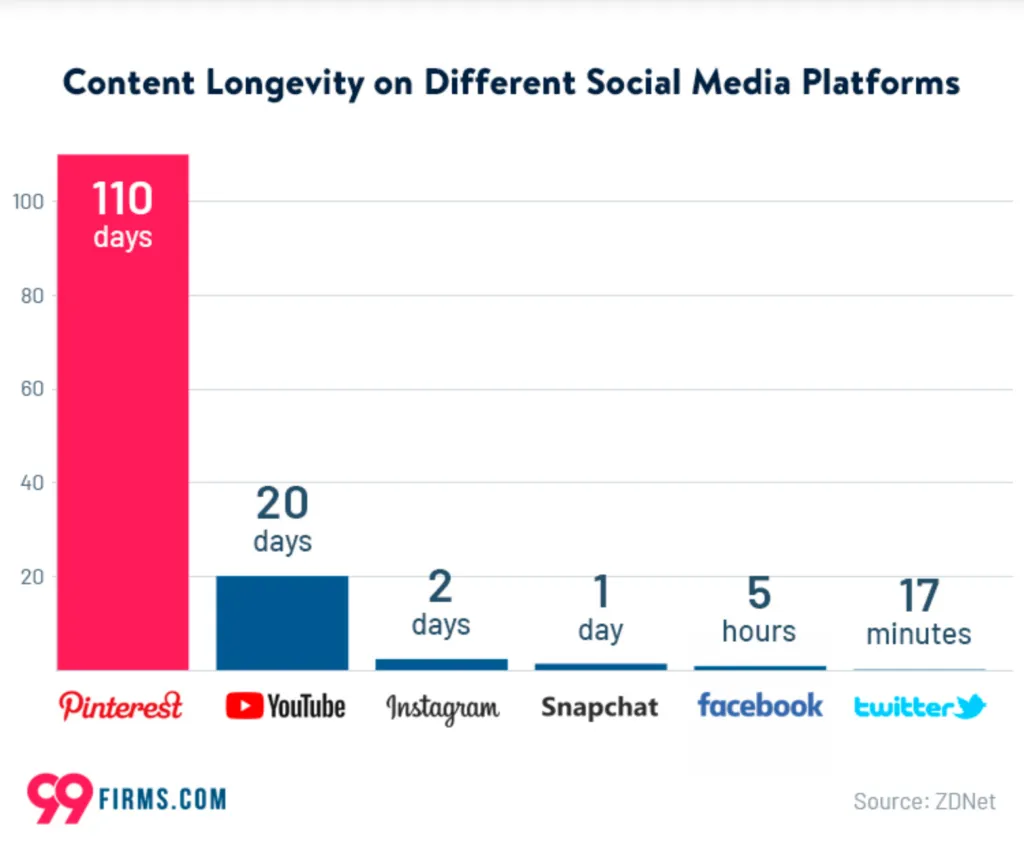
Conclusion
Snapchat and Pinterest each have their strengths and are suitable for different types of brands and marketing goals. Both platforms have unique features, making it difficult to declare one inherently better than the other. Instead, you should consider your marketing strategy and determine which platform best suits you, your audience, and your brand. A successful digital marketing strategy often involves leveraging multiple platforms. Perhaps the question isn't which platform is better, but how to effectively utilize each platform. Hopefully, this article helps you better understand Snapchat and Pinterest, guiding you to make the best advertising decisions for your brand.













